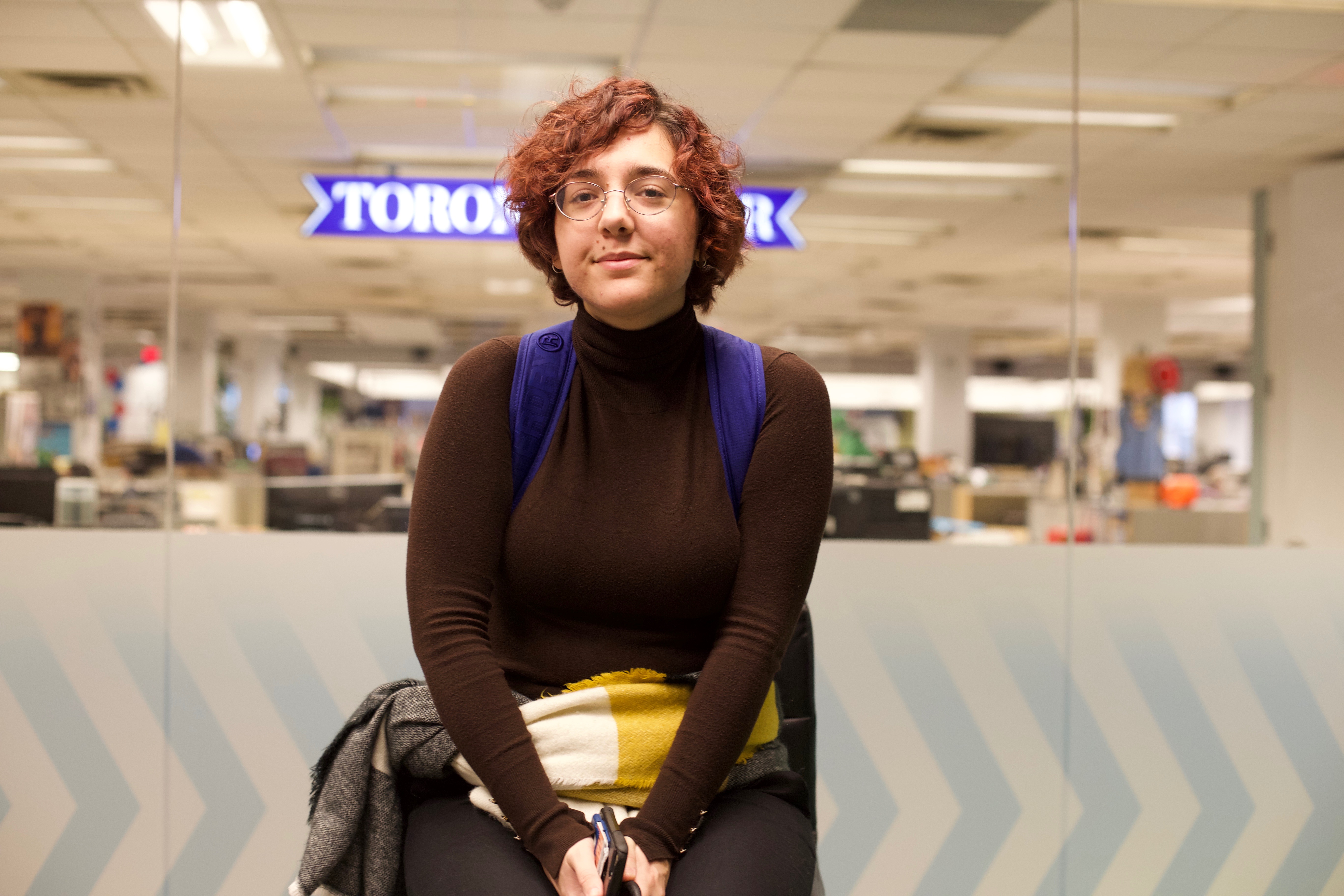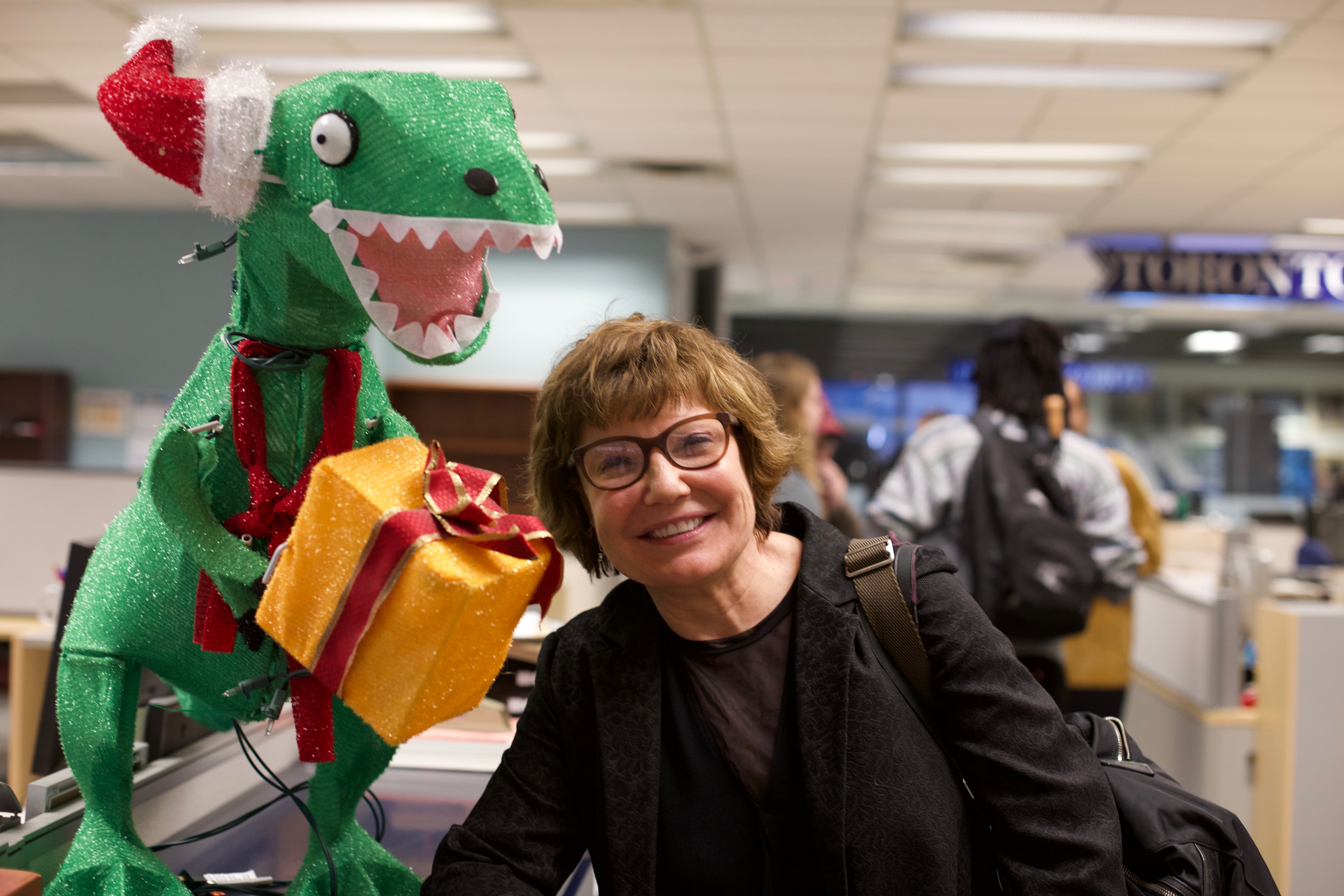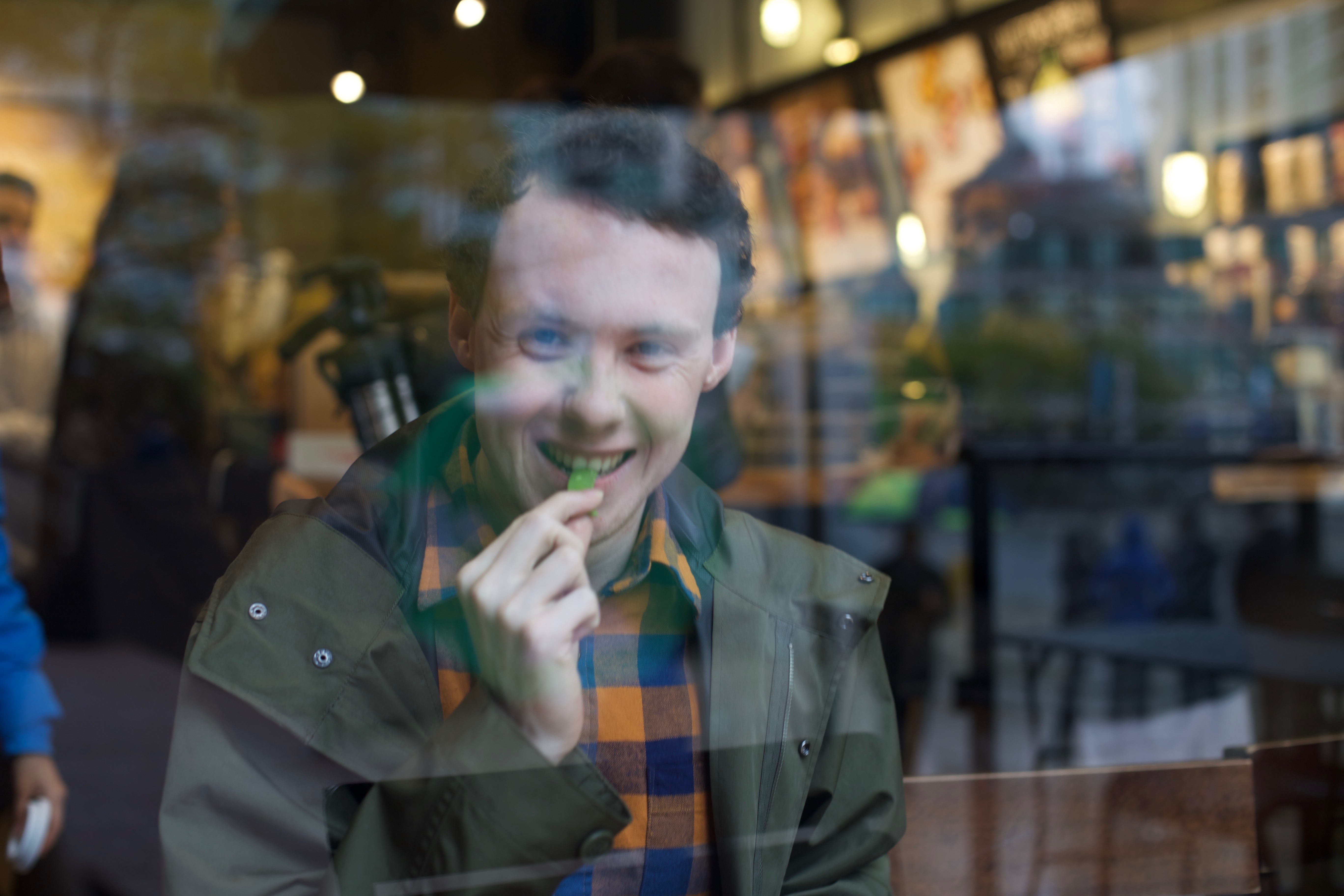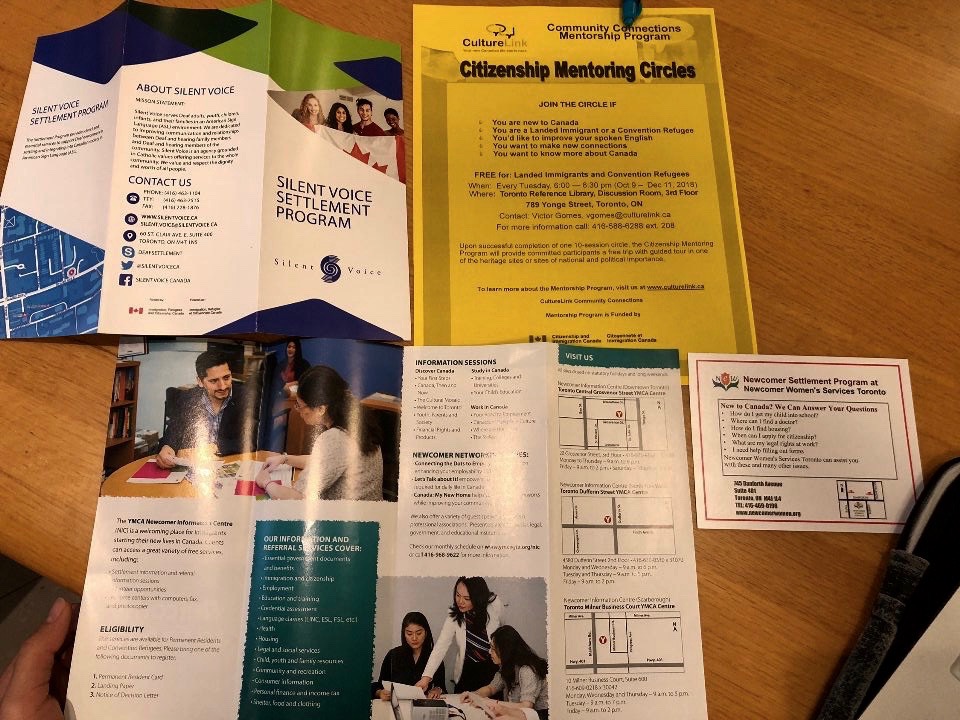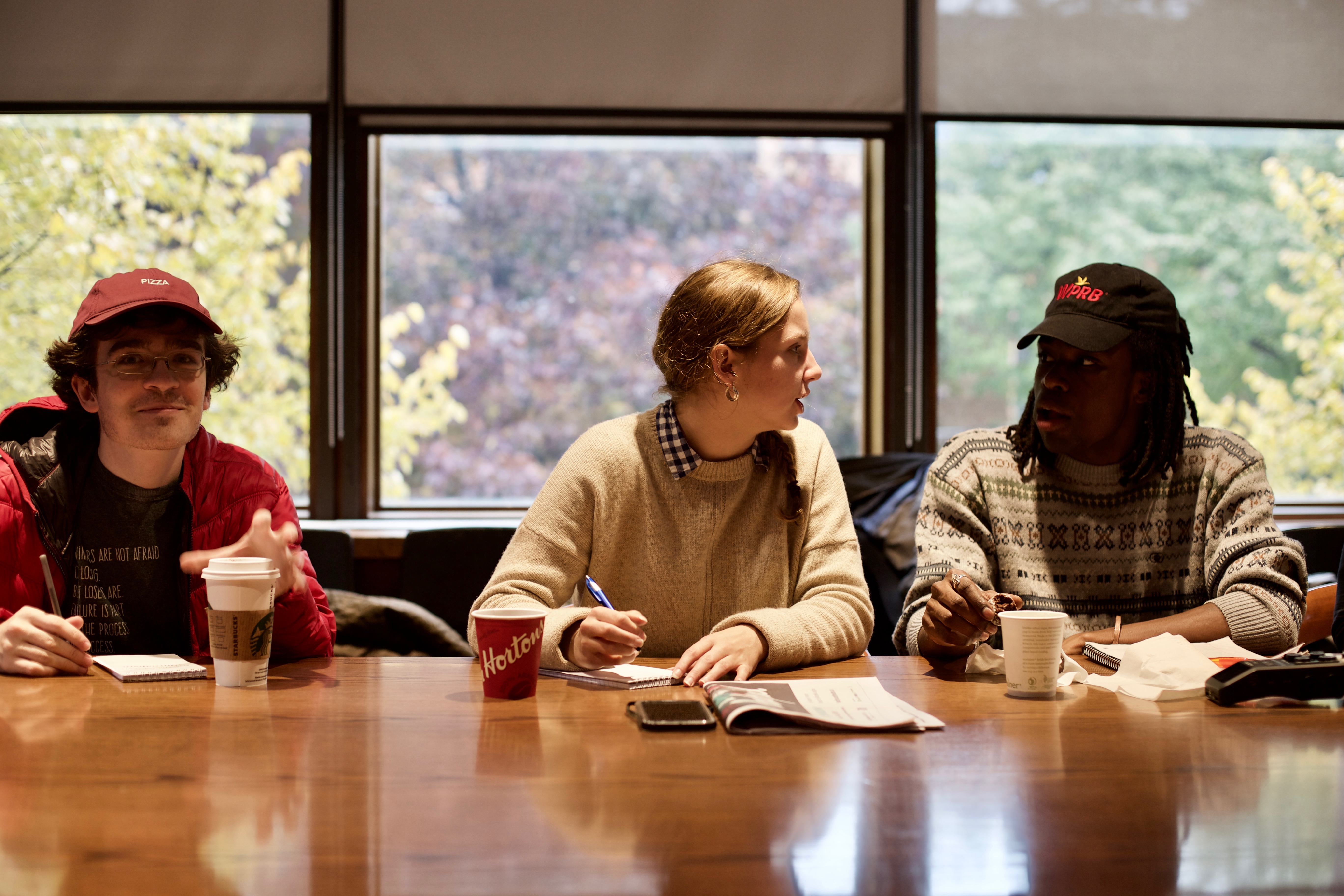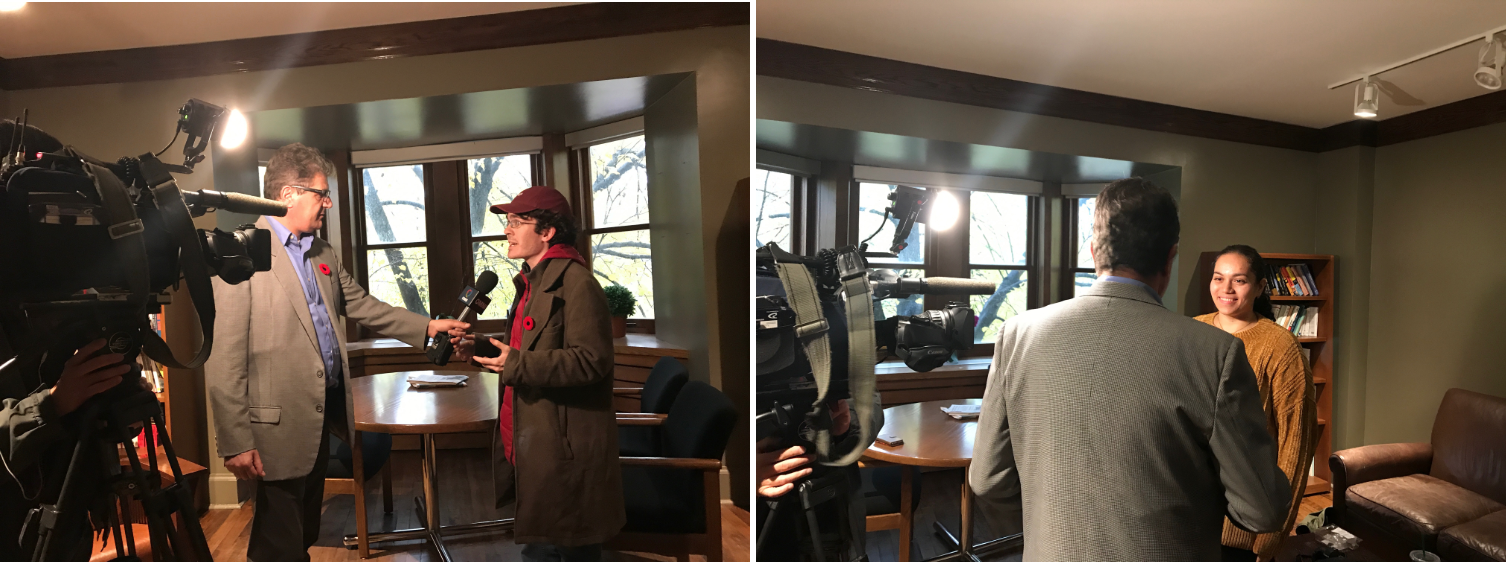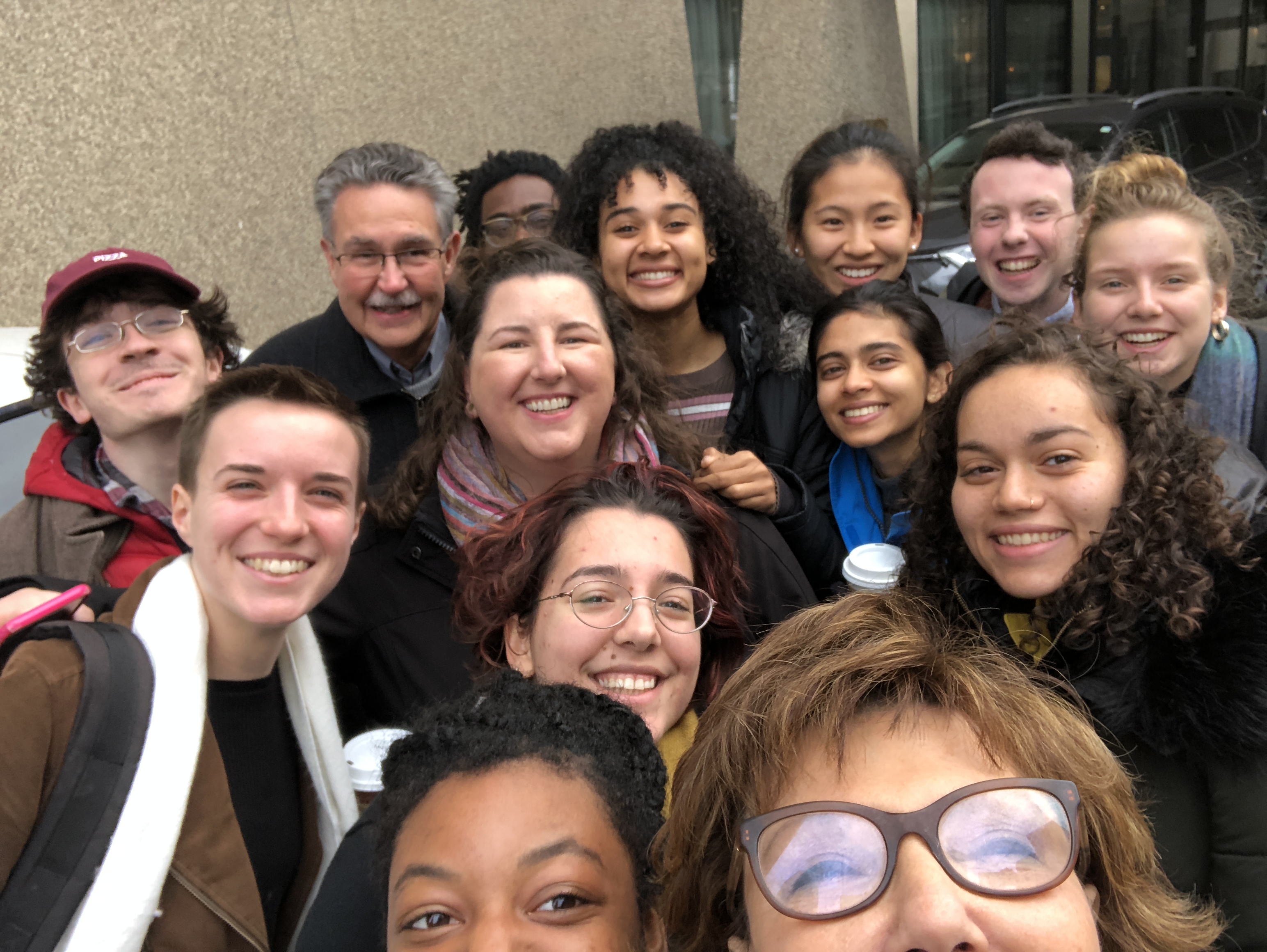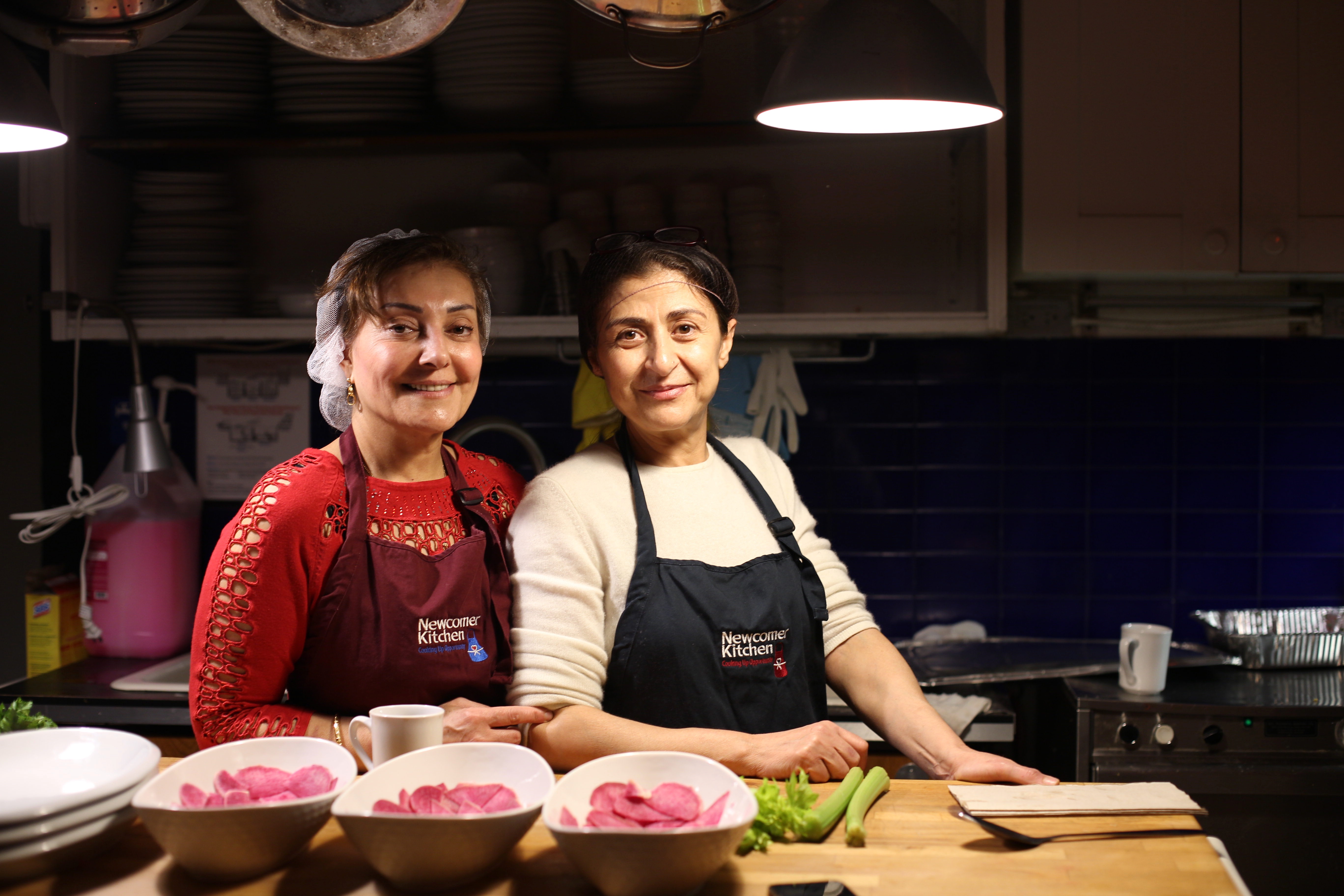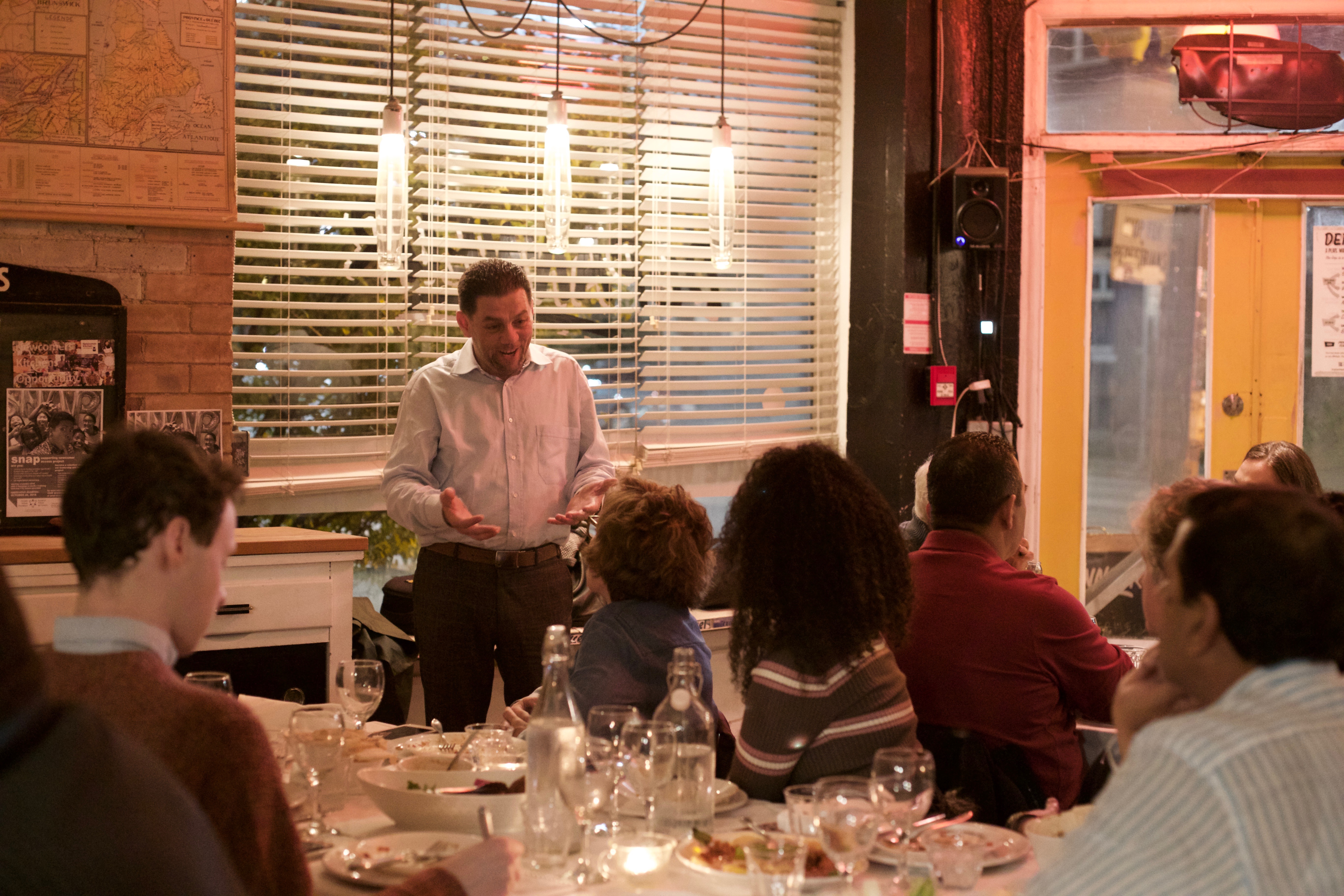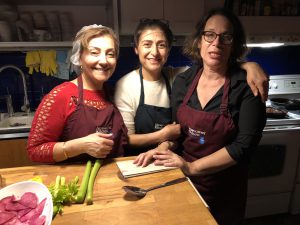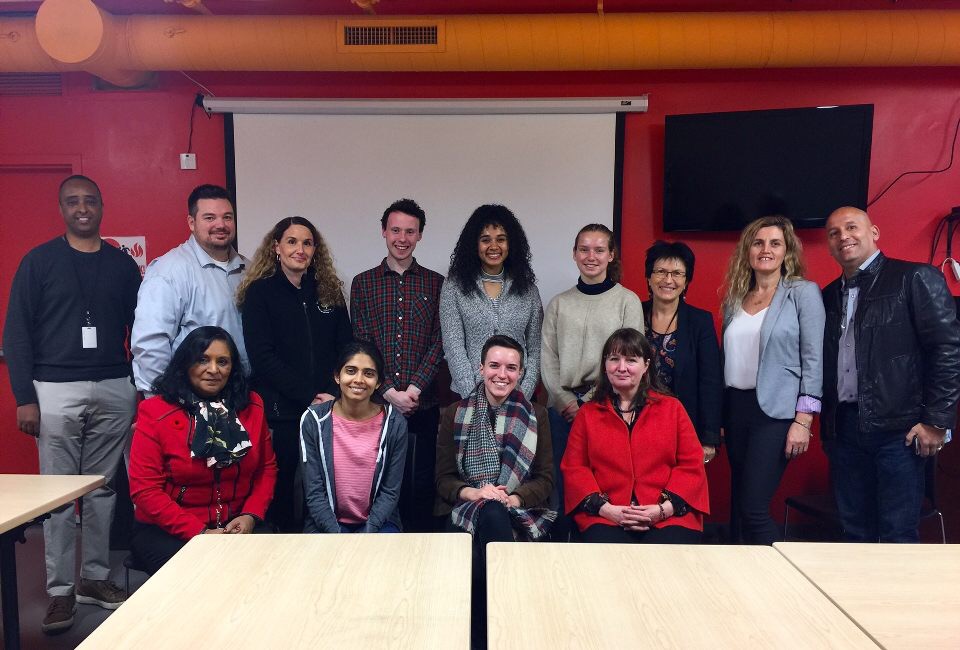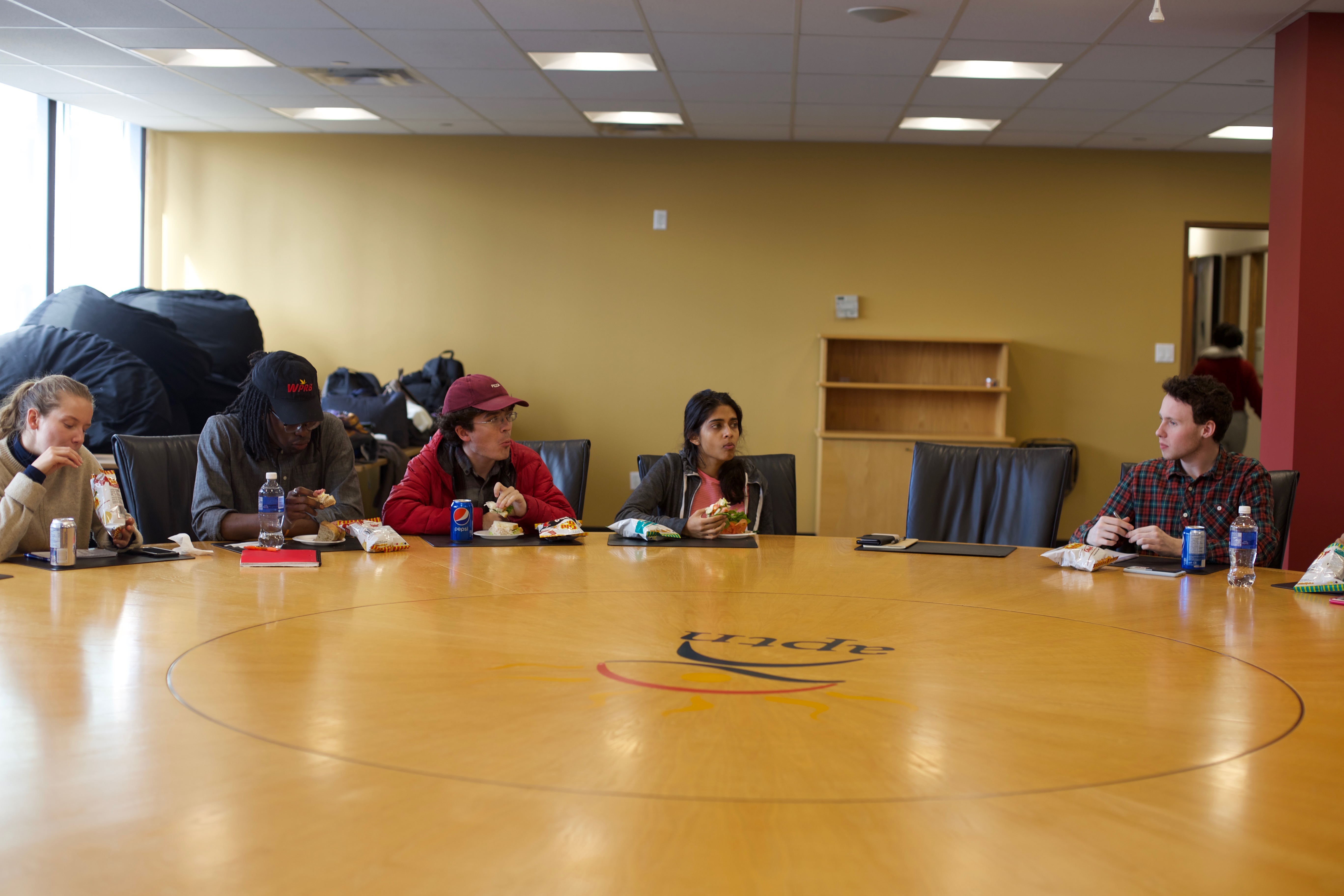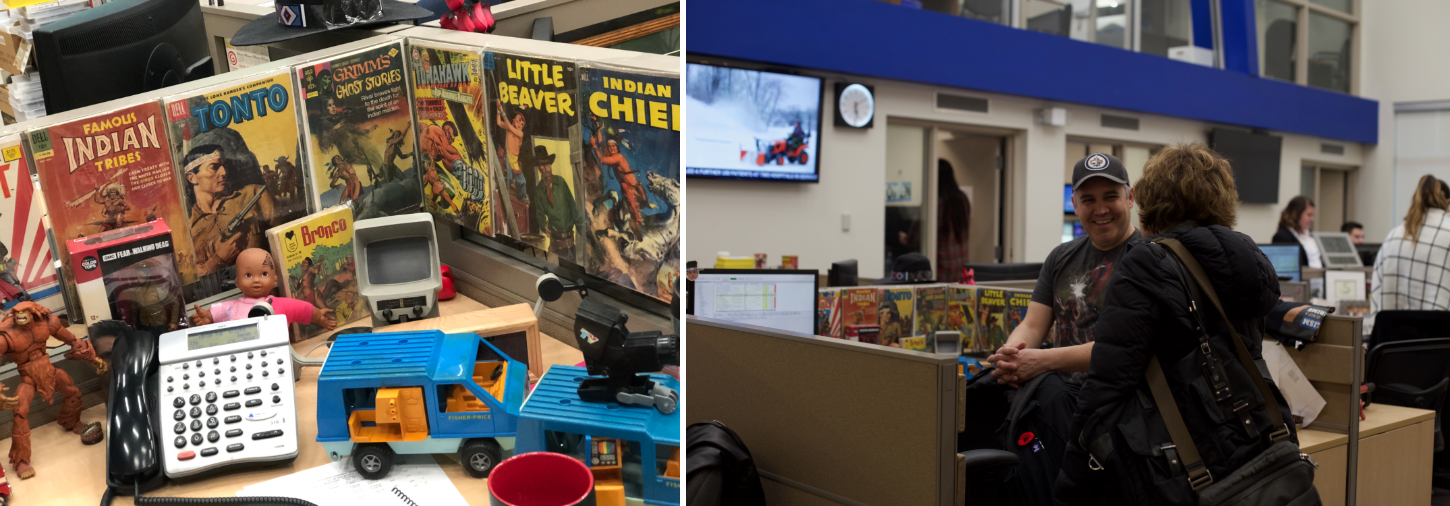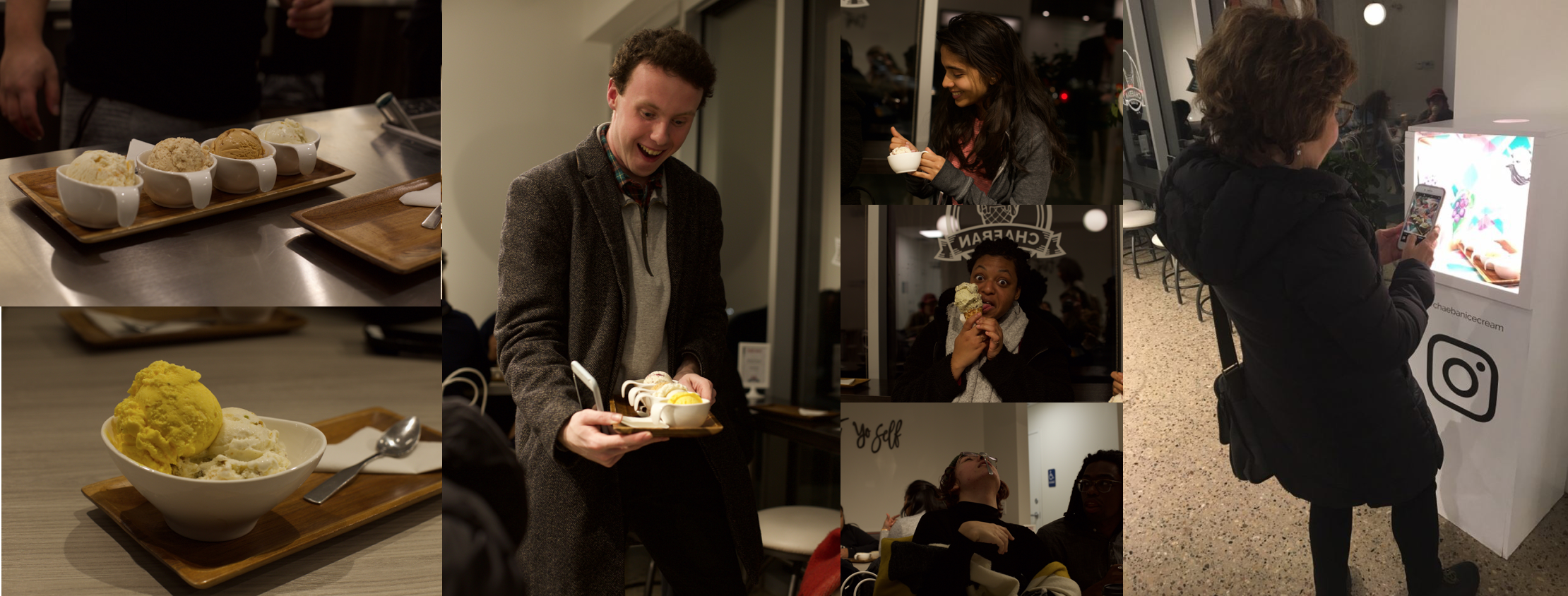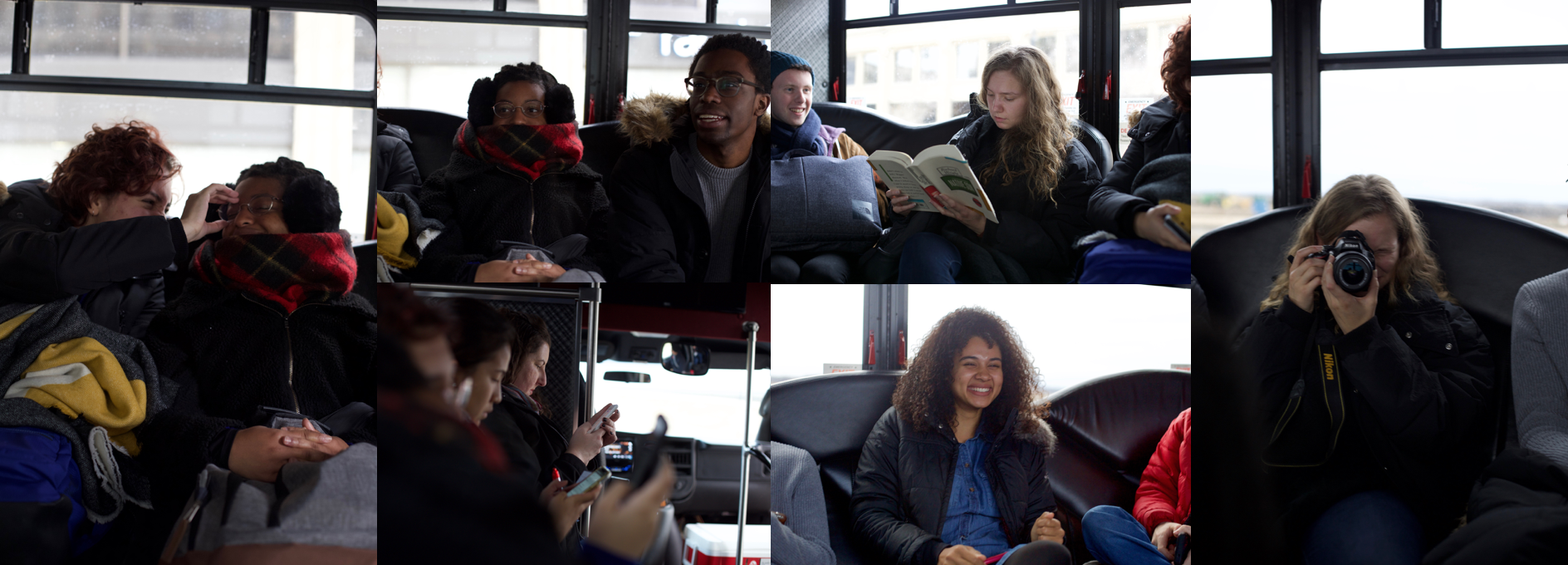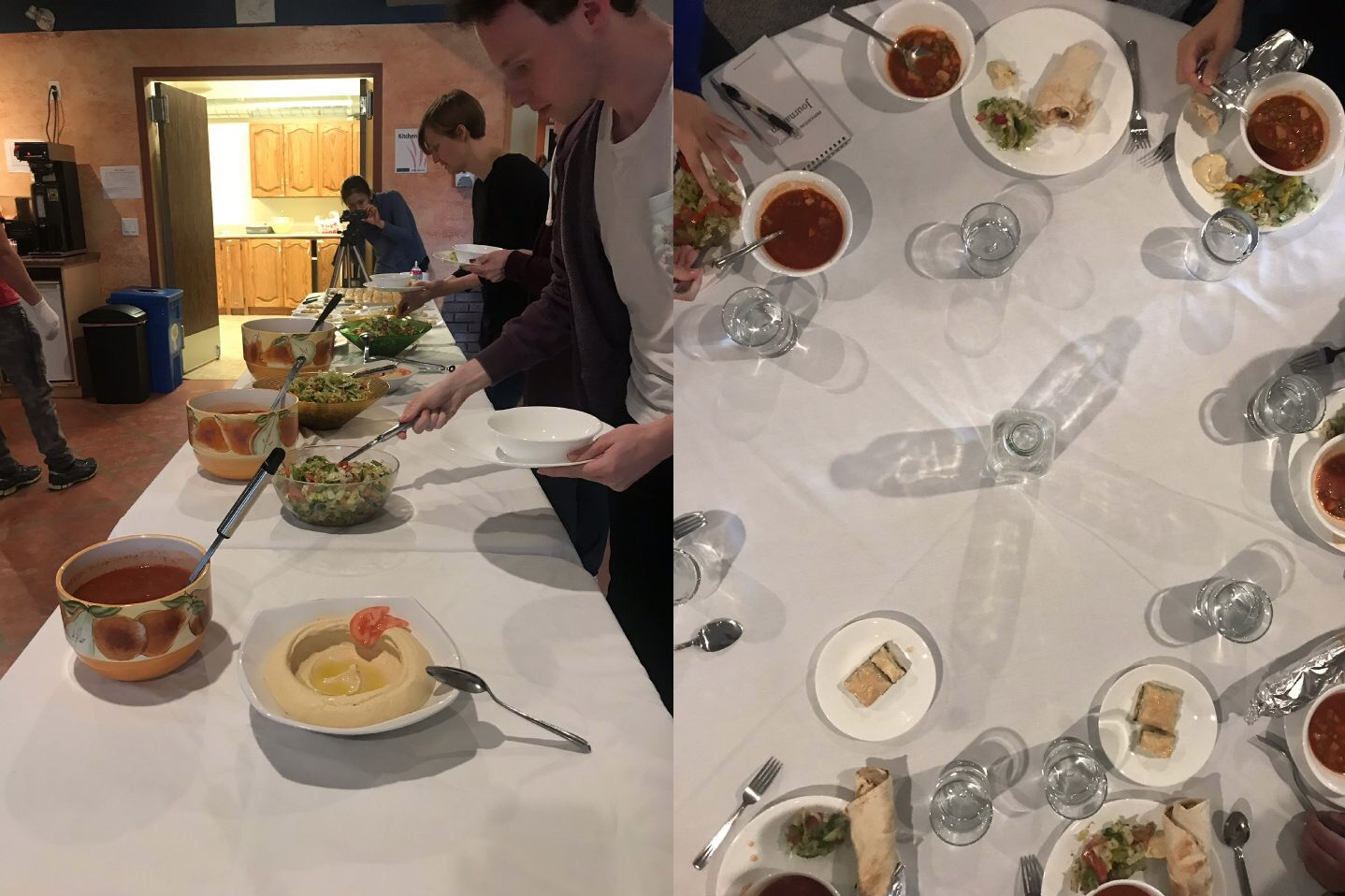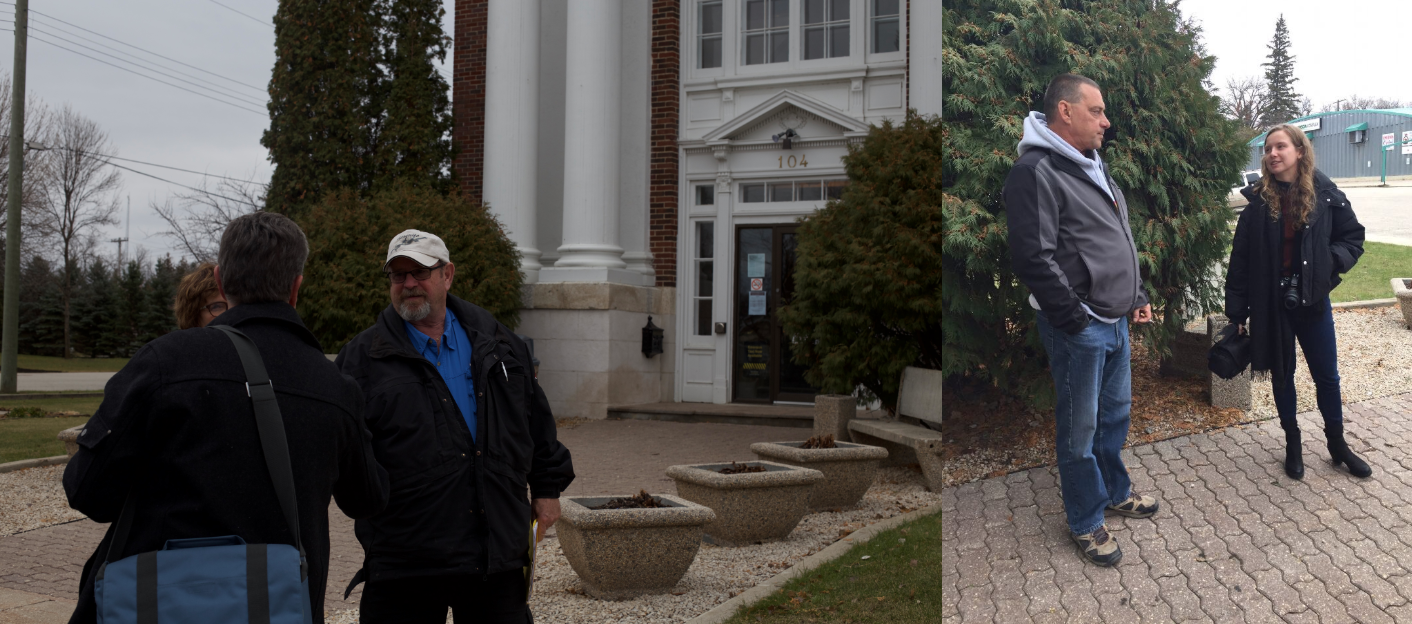Jack Allen
Toronto, Canada
A clattering of pots and pans greets guests at the Newcomer Kitchen at Depanneur — a restaurant housed in Toronto’s Dufferin Grove Neighborhood. At the other end of the homely restaurant, a dedicated group of newcomer women gather over big pans of kibbeh, whizzing baba ghanoush and chopping up crudités.
One does not often think about the social mission behind one’s dinner, preferring, for the most part, simply to enjoy a delicious meal. This evening, however, our group huddled into Depanneur, a former corner shop turned social enterprise that has become wildly popular with Torontonians and visitors alike. “Toronto is a hugely multicultural city – in terms of language, religion, nationality, and cuisine,” says Cara Benjamin-Pace, the co-founder and executive director of Newcomer Kitchen. “But until we opened, we were completely lacking in Syrian cuisine.”
Founded in Spring 2016, a month after Canada resettled over 25,000 Syrian refugees, the social enterprise project originally started out as an opportunity for Syrian women to get together and cook homely food – an opportunity unavailable to them in the hotels that they were temporarily housed in. What started out as an experiment for twelve, however, quickly became something much more popular. “After our first week of inviting a dozen women,” Cara explains, “it was a huge success. They returned to where they were staying, told all their neighbors, and quickly we had eighty women expressing interest.” Refusing to turn away those who wanted to cook, Cara and Len Senateur, the owner of Depanneur, expanded the project rapidly, financing the meals themselves.
Even when all of the women had already been resettled in new homes complete with their own kitchens, they still asked to cook at Newcomer Kitchen. Cara explains that Syrian cuisine is one traditionally cooked in a social environment and, despite the fact that each family had a kitchen of their own, “they all agreed that our kitchen had become home.” However, there was only so long that the founders could finance the project. Both Len and Cara had a background in entrepreneurship, so they came up with a plan that would allow the kitchen to remain a homely, safe space for the cooks, while still recouping some of the cost of the ingredients and renting the space. After consulting the women, the group decided to package up the meals they made and sell them for pickup or delivery, a venture sponsored by the delivery firm Foodora.
The decision turned out to be a successful one; not only have the $25 meals proved to be a hit with the public, but the restaurant now sells cooking spots in the kitchen through Airbnb Experiences. “Media reaction to the project has been great,” explains Cara; a visit from Justin Trudeau, Canada’s prime minister, adorns the front page of the website, alongside press clippings from the Huffington Post, BuzzFeed and a number of other outlets.
Indeed, the success of the enterprise seems to take even Cara by surprise as she recounts the history of the restaurant, she realizes that even she had been swept away in the excitement of opening the restaurant. “Wait a minute,” she exclaims, clapping her hands. “Today is the end of our second year of business!”

